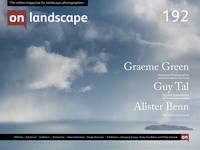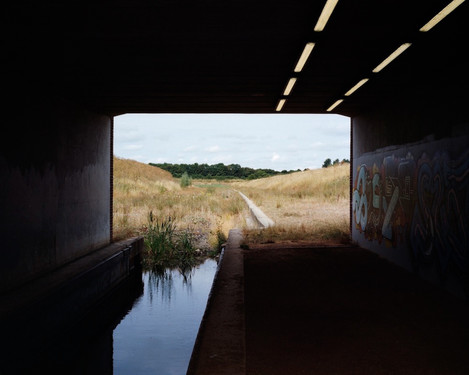The heritage in our landscape

Ted Homer
Ted Homer is a landscape photographer based in the South West of England. Since graduating from the University of the West of England in 2013, he’s created work that has mainly focused on heritage in the landscape.
My latest project ‘Wiltshire,’ is fundamentally about the heritage in our landscape. Kept, lost or rediscovered, our landscape is brought into question more than ever before; how we try to preserve our heritage and natural aesthetic, but also how we try to utilise our land for new uses.
The UK is a small island with a large population, which naturally has created many questions for us today. Our land is at a premium and at times is treated like currency, changing hands and uses on a regular basis. Seen as one of the most viable long-term investments to make, our landscape has been turned into a bank for many.
With lack of space and our continually growing need of land, areas are being reused and reutilised for different purposes.
Our landscape has forever been changing, historically most drastically during the Industrial Revolution. Work changed from rural activities to urban industry, population moved into the towns creating cities and conurbations, which the country or the world had never seen before. During this growth, there wasn’t a thought for what was there before, as it was seen as a necessity for us to succeed and profit.
For the most, Victorians still believed in urbanisation, industrialisation and carried the same lack of respect for our everyday past in our cities and towns as preserving or nurturing was not in their nature. By the mid-19th century, there was a growth in the new middle class and a creation of leisure time. Their wage was rising and the hours of work were falling. Annual holidays were also created alongside inexpensive travel and cheap hotels, people were able to leave the places they lived for the first time and see more of the nation.


